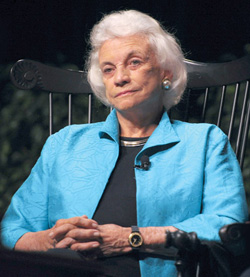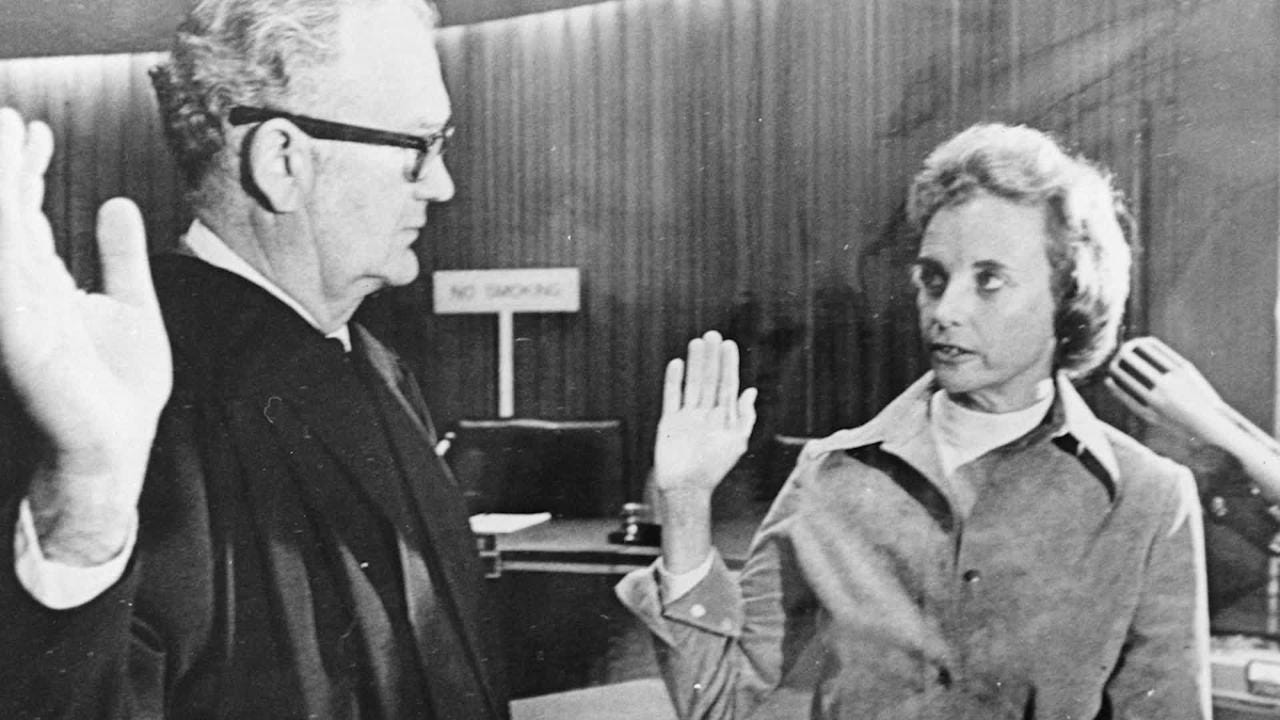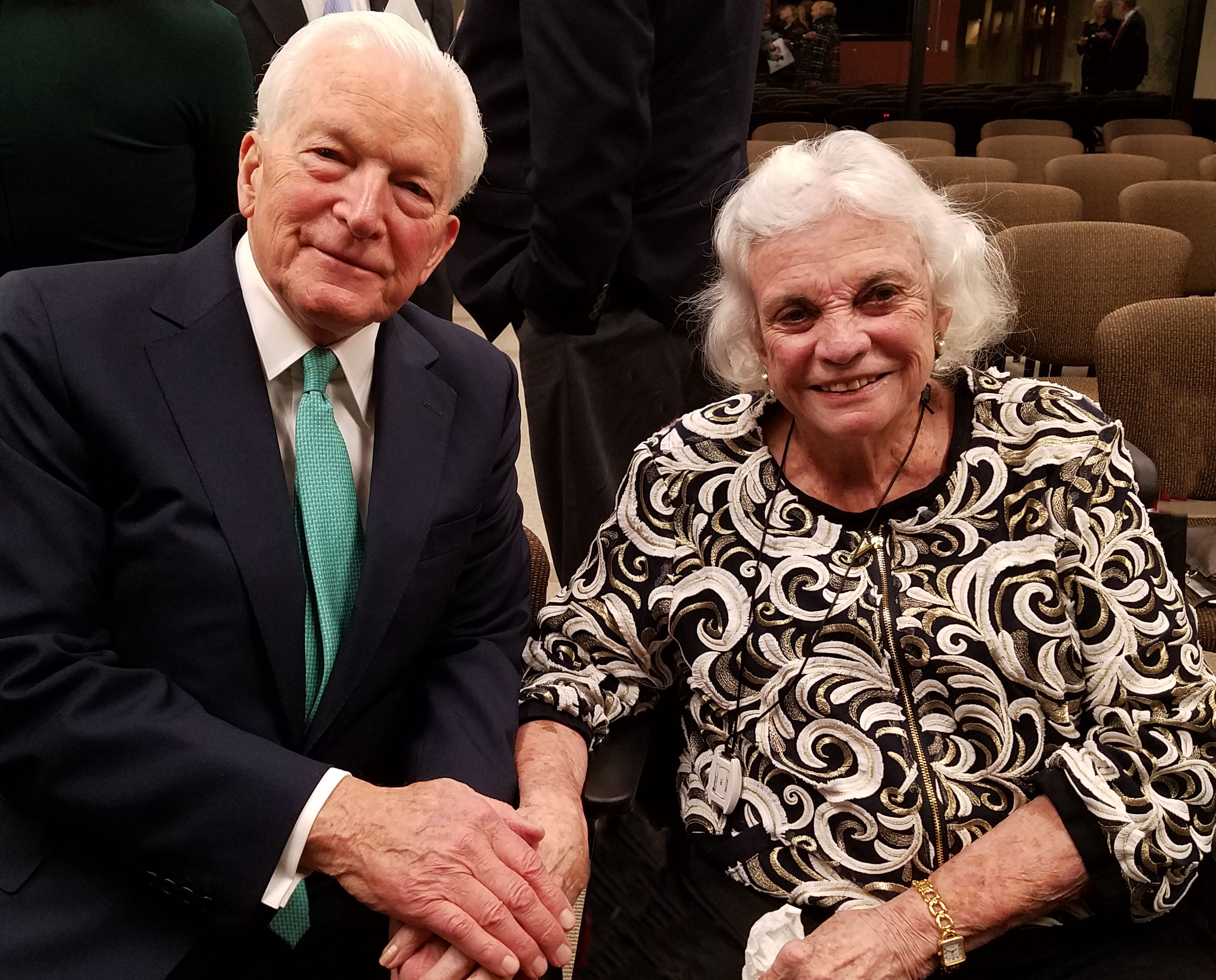
- #Justice sandra day o connor merit scholarship how to
- #Justice sandra day o connor merit scholarship series
While there are myriad rationales for state policy makers to choose one particular selection method over any other, our findings affirm, once again, that associated levels of diversity need not be included in that decision. Bollinger, 2003) that the United States needs to have diversity in its leadership class as a compelling state. Specifically, we find that the merit system, once derided by some as disfavoring nontraditional judges, continues to have no apparent association with diversity. In her majority opinion on the topic, Justice Sandra Day O’Connor argued ( Grutter v.

Finally, we show that particular methods of selection are unrelated to rates of judicial diversity. However, we find an increasing number and percentage of state and federal appellate judges who are women and members of racial and ethnic minorities, with change being the order of the day for these nontraditional judges joining the bench. We observe no recent increases in the number of state courts employing the merit system of selection, and other systems also remain stable, as continuity currently defines the types of selection systems used in the states. After Casey, such laws would be considered unconstitutional only if they constituted an “undue burden” on women seeking to obtain an abortion.We examine the levels of racial, ethnic, and gender diversity and use of selection systems in state and federal appellate courts in the United States for the year 2005 and compare them with our earlier findings for a twenty-year period. Wade (1973) but also lowered the standard that legal restrictions on abortion must meet in order to pass constitutional muster.

The Court’s opinion, which O’Connor wrote with Justices Anthony Kennedy and David Souter, reaffirmed the constitutionally protected right to abortion established in Roe v. Casey (1992), the Court refashioned its position on the right to abortion. Through her stewardship in Planned Parenthood of Southeastern Pennsylvania v. Reproductive Health Services (1989)-in which the Court upheld a Missouri law that prohibited public employees from performing or assisting in abortions not necessary to save a woman’s life and that required doctors to determine the viability of a fetus if it was at least 20 weeks old-she reduced the Court’s opinion to a plurality. By “defecting” in part from the conservative majority in Webster v.
#Justice sandra day o connor merit scholarship series
In a series of rulings, she signaled a reluctance to support any decision that would deny women the right to choose a safe and legal abortion. In similar fashion, O’Connor’s views on abortion rights were articulated gradually. Vera ), and sided with the Court’s more liberal members in upholding the configuration of a congressional district in North Carolina created on the basis of variables including but not limited to race ( Easley v.

Reno ), declared unconstitutional district boundaries that are “unexplainable on grounds other than race” ( Bush v. In her decisions in election law she emphasized the importance of equal-protection claims ( Shaw v. In such disparate fields as election law and abortion rights, she attempted to fashion workable solutions to major constitutional questions, often over the course of several cases. I am writing to you to begin a more effective public discussion on race. O’Connor quickly became known for her pragmatism and was considered, with Justice Anthony Kennedy, a decisive swing vote in the Supreme Court’s decisions. JUSTICE RUTH BADER GINSBURG: OR, HOW NOT TO BECOME JUSTICE SANDRA DAY OCONNOR JEROME MCCRISTAL CULP, JR.
#Justice sandra day o connor merit scholarship how to
COVID-19 Portal While this global health crisis continues to evolve, it can be useful to look to past pandemics to better understand how to respond today.



 0 kommentar(er)
0 kommentar(er)
